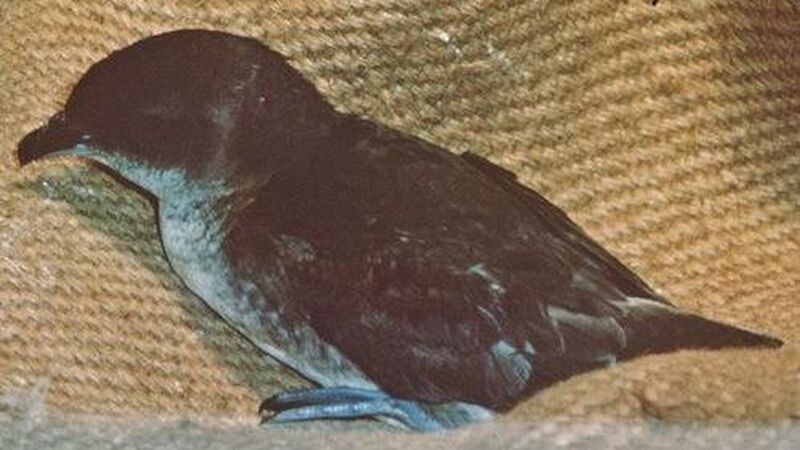Scientific name: Pelecanoides georgicus
Physical description
South Georgian diving petrels are extremely similar to common diving petrels in most aspects of their plumage and morphology. They are dark-to-black above and white below. They have short, rounded wings, a stubby black bill, short cobalt-blue feet and legs. The feet and legs of adults become brighter during the breeding season.
Distribution and abundance
Their distribution at sea is not well-known because it is difficult to distinguish the South Georgian diving petrel from the common diving petrel species at sea. However, it is believed that South Georgian diving petrel do not move very far from their breeding colonies.
South Georgian diving petrels breed on many subantarctic islands, including Codfish Island and Auckland Island close to New Zealand, Marion Island, Iles Crozet, Heard Island and South Georgia.
Conservation status: least concern
Breeding
South Georgian diving petrels return to their colonies in September/October and lay one egg. After 44–52 days of incubation, chicks hatch and are brooded by both parents. Chicks are fed mostly at night. The nestling period is between 45–55 days.
Diet and feeding
South Georgian diving petrels feed mainly on marine crustaceans with some small fish and cephalopods. Breeding birds deliver meals to chicks, that are almost 20% of adult mass.
Hatching and fledging success fluctuates depending on the presence and abundance of predator species. Brown rats and feral cats have a serious impact on the breeding status of this species of petrel on South Georgia Island.

